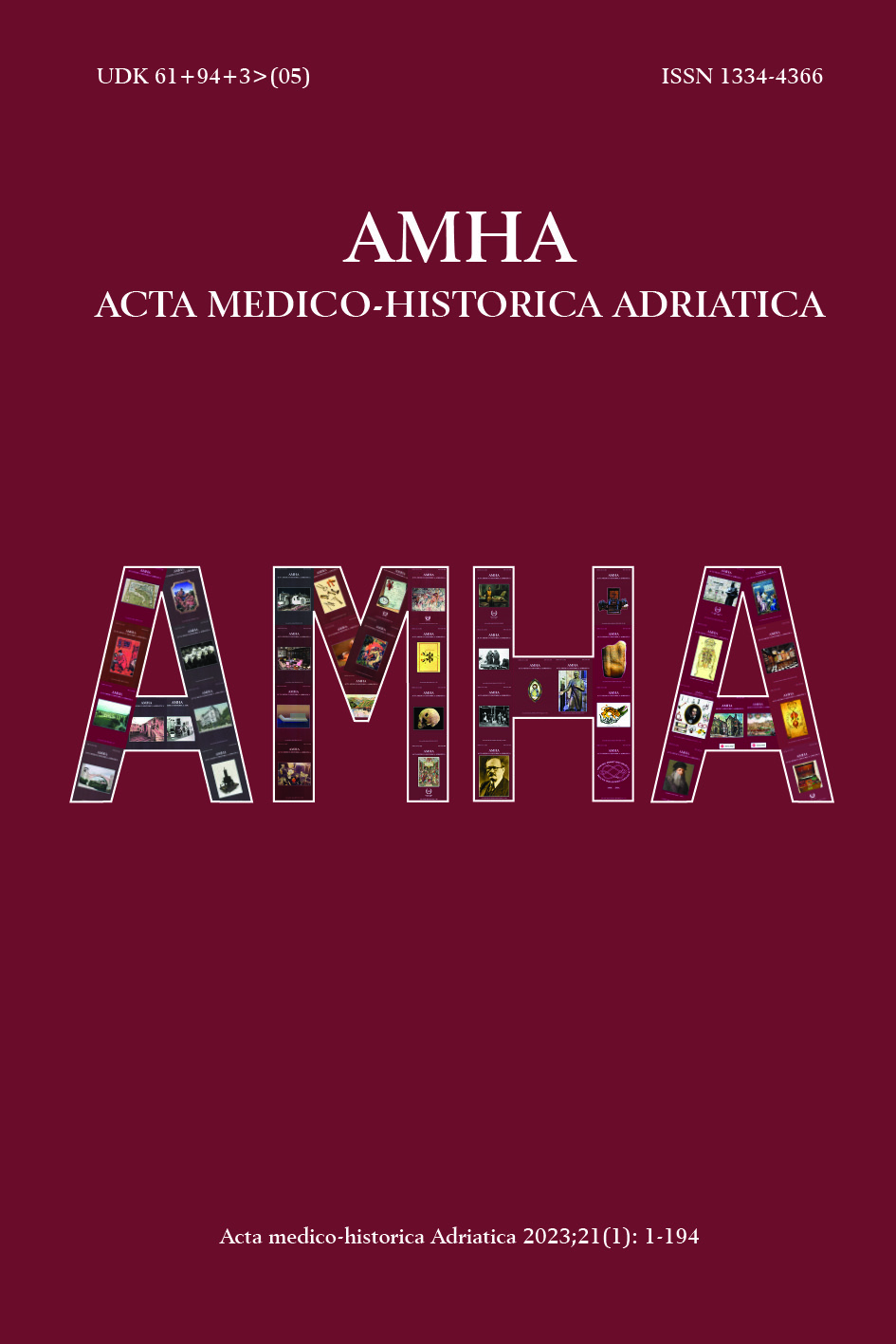TREATMENT OF TUBERCULOSIS IN THE 17th CENTURY BASED ON THE ORIGINAL WORK DE PHTHISI (ON TUBERCULOSIS) FROM 1679
Keywords:
tuberculosis treatment, 17th century, dissertation, Matthaeus Palumbini, prescriptionsAbstract
https://doi.org/10.31952/amha.21.1.1
Galen was the first who defined phthisis as lung ulceration, accompanied by coughing, persistent low-grade fevers, and body wasting. Attempts to define tuberculosis and find the cause of the disease belong to significant errors in the period of medical theories about tuberculosis (TB). Even in the 17th century, the most common causes of this disease were pulmonary ulcers, incorrect shape and position of the lungs, or menstruation. This article endeavors to elucidate the history of TB and its therapy in the 17th century on the basis of the Latin inaugural academic disputation De phthisi (On Tuberculosis) from 1679, which was first translated into Slovak in 2021. It was written by Matthaeus Palumbini, a Hungarian physician of Slovak origin born in Turiec County (Comitatus Thurociensis) in the Kingdom of Hungary. Although this dissertation is due to the anatomical, physiological, and clinical views of the Early Modern period, the ideas about the disease inhalation route as well as the fact that the disease transmission happens indirectly through the air, are close to existing knowledge. Similarly, the TB classification, the description of indications, climatic treatment, or principles of healthy lifestyle surprisingly correlate with the current medical practice. The article is supplemented by examples of the period of drug prescriptions that constituted a part of the therapy. The archival source of the original text comes from the Digitale Sammlungen der Universitätsbibliothek Erlangen-Nürnberg.


